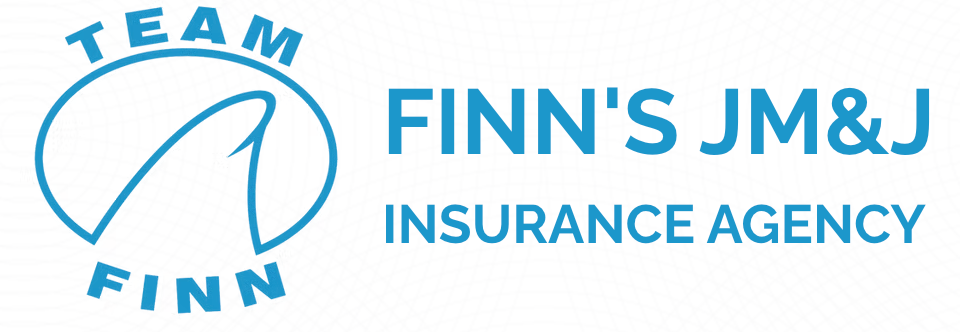Welcome to Slip & Fall Season: A Business Owner's Guide
As temperatures drop and conditions become slippery, business owners need to gear up for the season of slip-and-fall incidents. With changing weather increasing the likelihood of such accidents, addressing safety and liability concerns now is crucial for safeguarding both your patrons and your business. In this blog post, we provide preventative steps to help reduce your risk and liability during these high-risk months.
Create a Slip-and-Fall Prevention Plan
The cornerstone of mitigating slip-and-fall risks is a robust prevention plan. This includes conducting daily walk-throughs, maintaining clear signage, and ensuring timely repairs. In winter, consider additional measures like prepping for snow and ice. By doing so, you not only enhance safety but also shield your business from potential liabilities.
Understand Your Exposure
Did you know that slip-and-fall incidents are among the most common — and preventable — injuries in commercial settings? Common causes include wet floors, poor lighting, and uneven or icy walkways. While these hazards may seem minor, they can quickly escalate into costly liability claims or lawsuits. Recognizing and addressing these risks is a fundamental step in protecting your business.
Know What Your Insurance Covers (and Doesn’t)
Insurance plays a pivotal role in managing slip-and-fall risks. General liability insurance covers customer or visitor injuries, while workers’ compensation addresses employee injuries. Commercial property insurance handles property damage, and umbrella policies offer additional coverage beyond basic limits. Understanding what each of these covers can guide you in ensuring comprehensive protection.
Train Your Team
Your team is your first line of defense against slip-and-fall incidents. Providing training on spotting hazards and handling accidents is essential. Stress the importance of immediate action and documentation to support liability defense. A well-trained team can make a significant difference in preventing incidents and minimizing impact.
Document Everything
Good record-keeping is invaluable. Maintaining logs, taking photos, and storing surveillance footage can safeguard your business from false claims or demonstrate due diligence. These documents are not just about protection — they’re about peace of mind, knowing you’ve taken all reasonable steps to prevent accidents.
Don't Wait Until Something Happens
The best time to prepare for slip-and-fall season is before an accident occurs. Proactive planning and reviewing your coverage with your insurance advisor can avert costly consequences. Remember, slip-and-fall season is more than icy sidewalks — it’s a critical call to action.
By taking these simple, proactive steps today, you can feel confident in your preparation and protection strategies. For further assistance, reach out to your insurance advisor to review or strengthen your current liability coverage. Don’t leave your business’s safety to chance — act now for a secure and productive season ahead.

